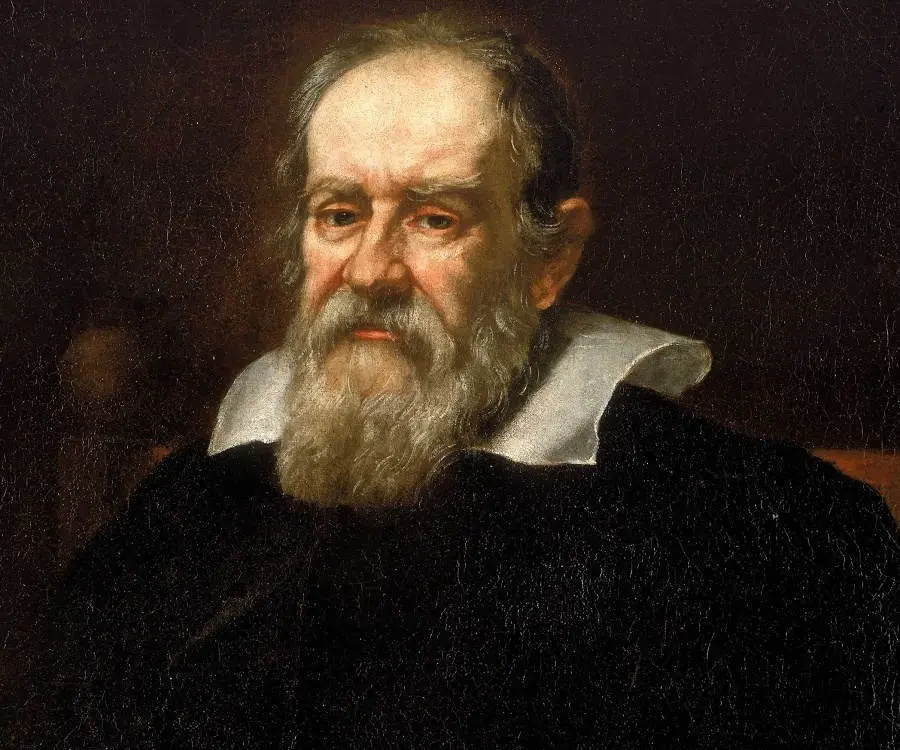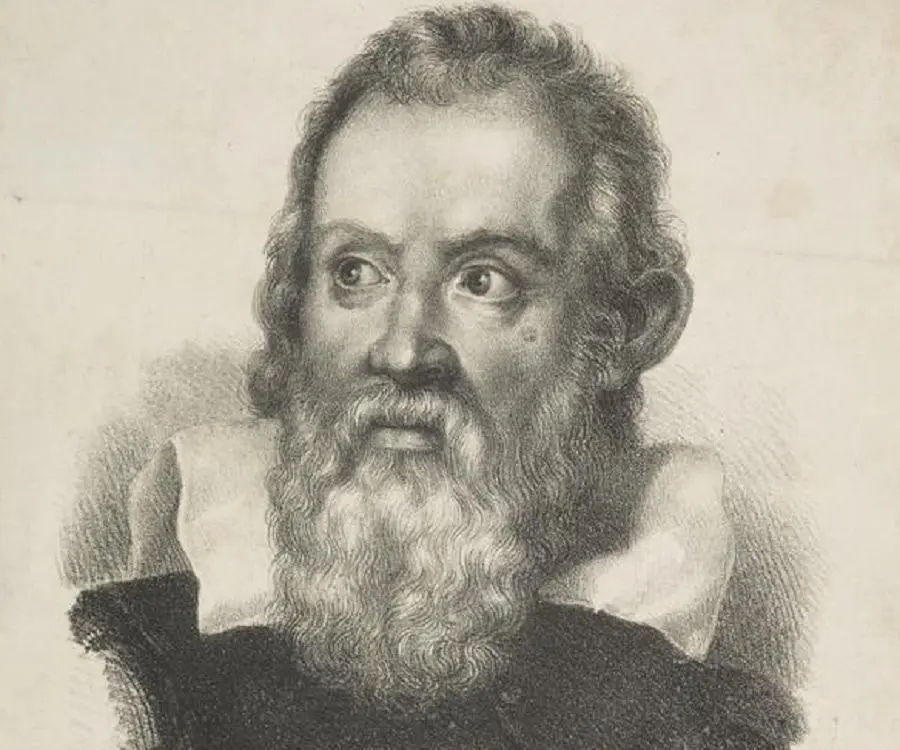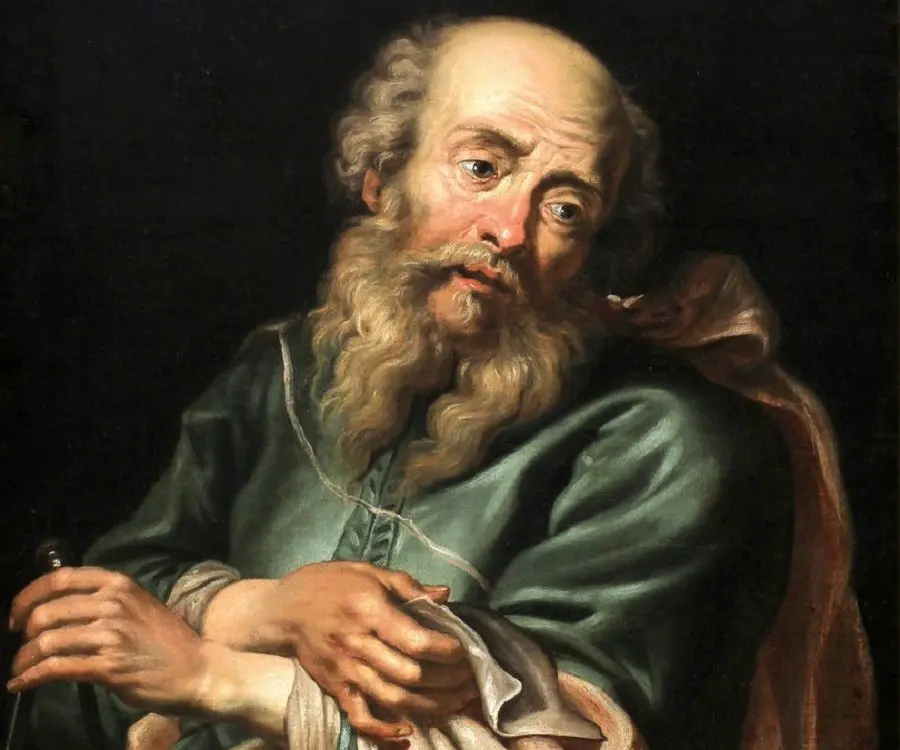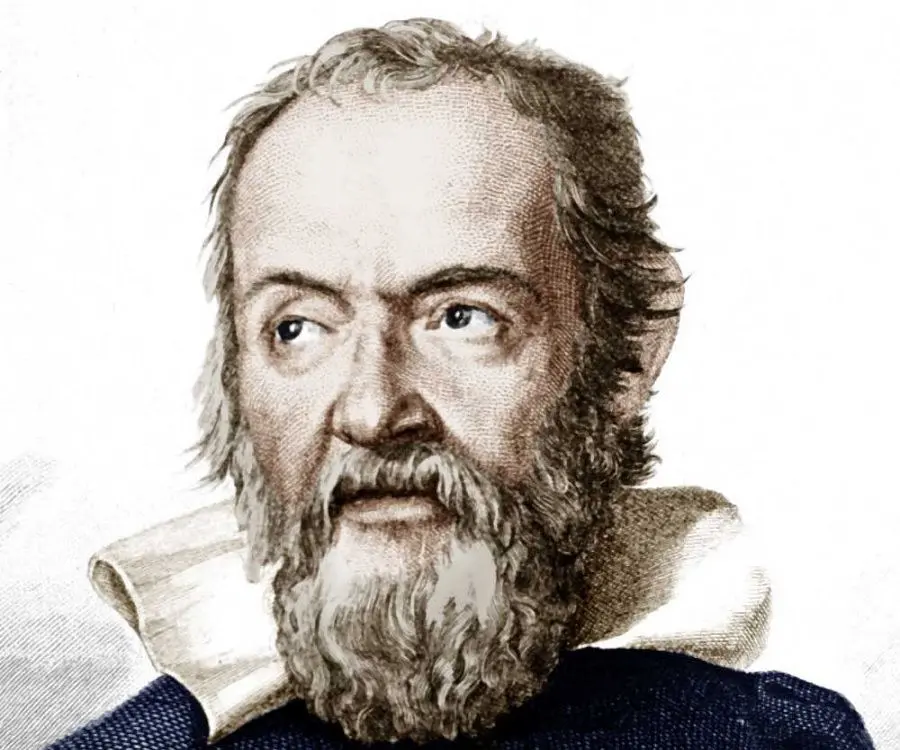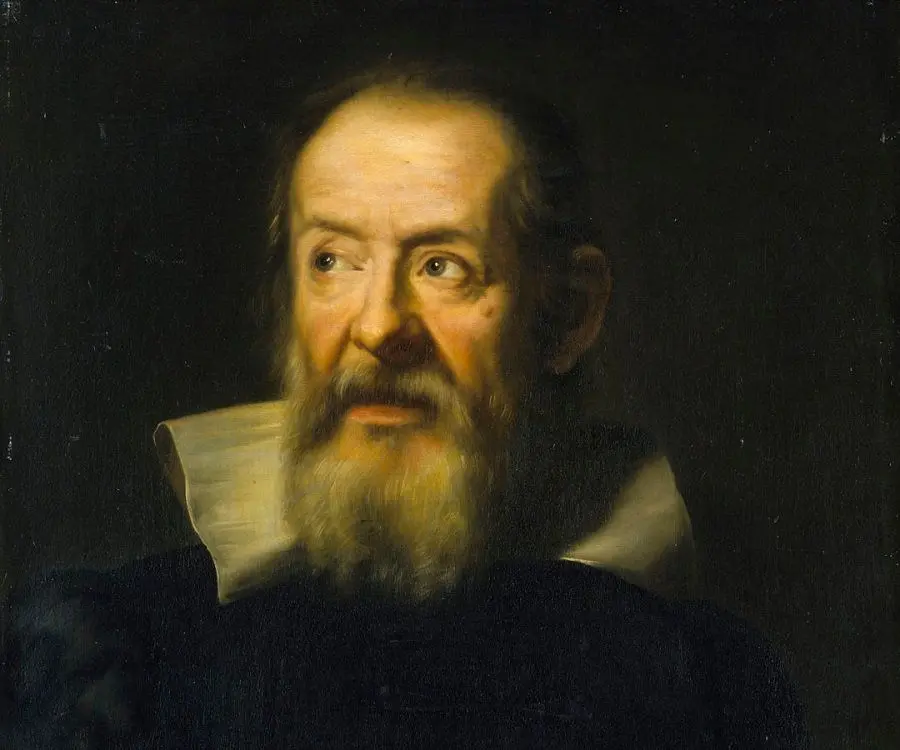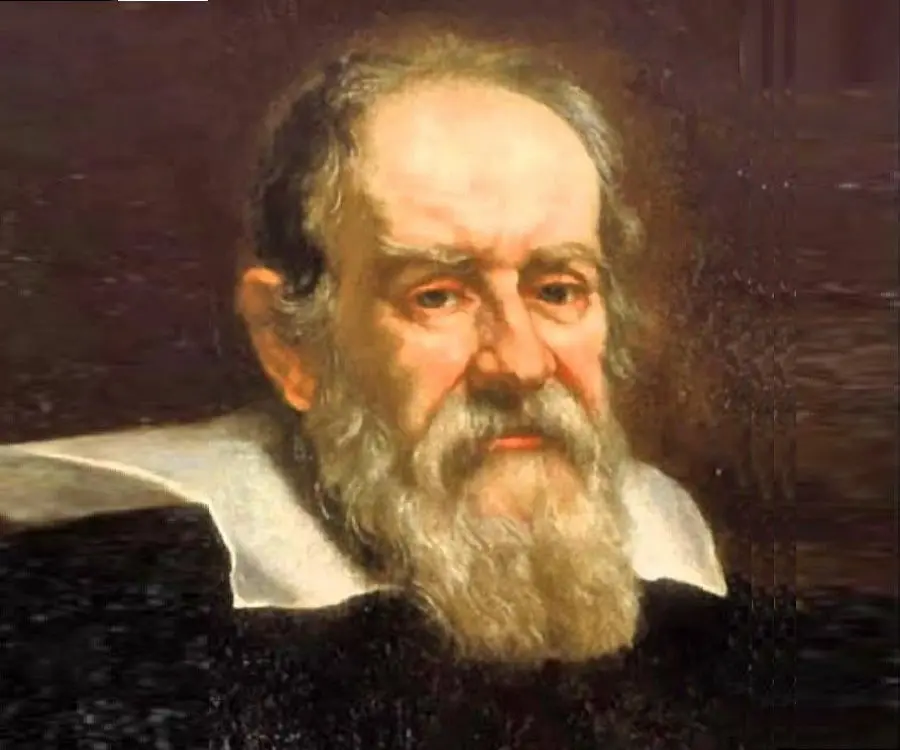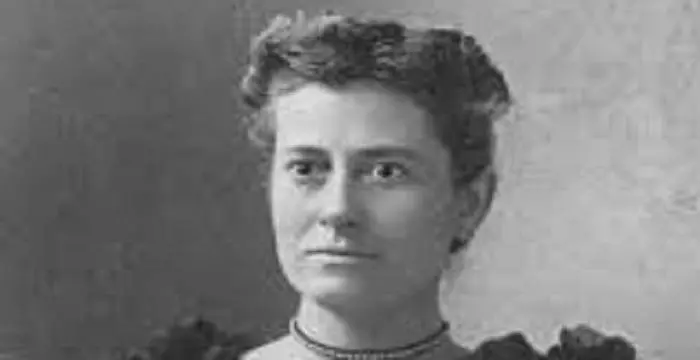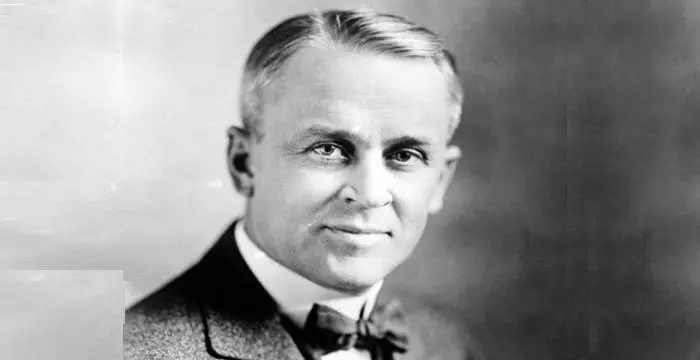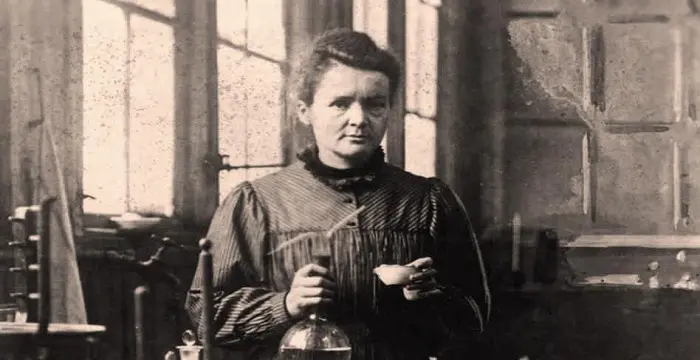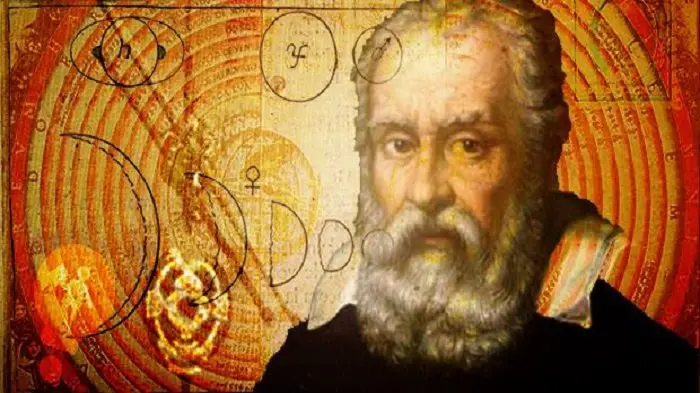
Galileo Galilei - Rebel Scientist, Life Achievements and Family
Galileo Galilei's Personal Details
Galileo Galilei was an Italian Astronomer and Scientist
| Information | Detail |
|---|---|
| Birthday | February 15, 1564 |
| Died on | January 8, 1642 |
| Nationality | Italian |
| Famous | Intellectuals & Academics, Philosophers, Mathematicians, Astronomers, Physicists, Rebel Scientist |
| Spouses | Marina Gamba |
| Siblings | Michelagnolo |
| Childrens | Livia, Maria Celeste, Vincenzo Gamba |
| Universities |
|
| Discoveries / Inventions |
|
| Birth Place | Pisa |
| Gender | Male |
| Father | Vincenzo Galilei |
| Mother | Giulia Ammannati |
| Sun Sign | Aquarius |
| Born in | Pisa |
| Famous as | Astronomer, Mathematician, Philosopher, Rebel Scientist, Physicist |
| Died at Age | 77 |
Galileo Galilei's photo
Who is Galileo Galilei?
Often remembered as the Father of Modern Astronomy, Galileo Galilei was one of the most celebrated and illustrious astronomers, mathematicians and physicists in the history of mankind. He played a major role and was instrumental in establishing the scientific revolution. Galileo is credited for developing much of the modern concepts, which have proved to be the foundation on which research is conducted in the present times. Throughout his life, Galileo greatly contributed to astronomical observatory. He bettered the telescope, which assisted him in his discoveries. He also dismissed the Aristotelian view which was dominant in that era and supported Copernicanism. His contribution in the field of astronomy includes the telescopic confirmation of the phases of Venus, the discovery of the four largest satellites of Jupiter, and the observation and analysis of sunspots. Furthermore, he invented an improved military compass and other instruments in the field of applied science and technology. It was his prophesizing the heliocentric view and supporting Copernicanism that irked the Roman Catholic Church and resulted in his lifelong conflict with the same. Nevertheless, with the dawn of the 20th century, the Church lifted the ban imposed on Galileo’s books and acclaimed him as the Father of Modern Sciences.
// Famous Intellectuals & Academics
Bertil Gotthard Ohlin
Bertil Gotthard Ohlin was a famous Swedish economist. This biography profiles his childhood, family life & achievements.
Emily Greene Balch
Emily Greene Balch was an American economist, sociologist and pacifist who won the 1946 Nobel Peace Prize. This biography of Emily Greene Balch provides detailed information about her childhood, life, achievements, works & timeline.
Martin Buber
One of the greatest philosophers to have ever walked on earth, Martin Buber contributions to philosophy is a long-standing one. Explore all about his profile, childhood, life and timeline here.
Childhood & Early Life
Galileo Galilei was the first of the six children born to Vincenzo Galilei and Giulia Ammannati. His father was a lutenist, composer, and music theorist by profession. Ever since an early age, young Galileo learned the technicalities involved in lute and became an accomplished lutenist.
He aspired to take up priesthood when he grew up. However, his father desired Galileo to be in the field of medicine as it promised a secured financial future. Complying by the wishes of his father, Galileo took to studying at the University of Pisa for a degree in medical.
There were two incidents which led Galileo to move from being a physician to a mathematician. The first was in 1581 when Galileo first noticed that a chandelier despite swinging in large and small arcs took almost the same time to return to the first position. Amused by it, he set up two pendulums of equal length and swung them with a variation in sweep. Interestingly, both the pendulums, irrespective of their sweeps, took the same amount of time to return to the first position and synchronized with each other.
The second incident was a lecture of geometry which he accidentally attended. Both the incidents made Galileo realize his true calling and he finally convinced his father to allow him to study mathematics and natural philosophy.
Galileo was exposed to the Aristotelian view of the world during his years in Pisa. Though not entirely wrong, it was then the leading scientific theory, and the only one that was sanctioned by the Roman Catholic Church.
Though Galileo like any other intellectual of that age supported the Aristotelian view initially, he drifted away from the same eventually. Financial difficulties cut short Galileo’s education at the university, which he left in 1585, before earning his degree.
Academic Career
Upon leaving university, Galileo set his mind to create a thermoscope, which was the precursor to the presently used thermometer. He then published a small book which highlighted his work on hydrostatic balance, titled ‘The Little Balance’. It was this work that brought Galileo recognition and name in the scholarly world.
To support himself, Galileo took up the job as an instructor at Accademia delle Arti del Disegno in Florence; his profile included teaching perspective and chiaroscuro. Simultaneously, he studied disegno and became quite interested in the artistic traditions of the city. Galileo also developed a profound interest in the works of Renaissance artists
No sooner than in 1589, Galileo was promoted to the chair of Mathematics at the University of Pisa. During his term at Pisa, Galileo conducted his famous experiment of dropping items of varied weight from the top of the Leaning Tower.
It was through the findings of the experiments that Galileo rejected Aristotle’s claim that speed of the falling object is directly proportional to its weight. He mentioned the outcome of the experiment in his paper titled Du Motu (On Motion). Instead of taking Aristotle’s view of motion, Galileo took Archimedean approach to the problem.
Due to his rejection of Aristotelian view, Galileo gained an unpopular status within the society. In 1592, His contract was also not renewed at the University of Pisa which led him to losing his position. However, Galileo’s patrons helped him secure the chair of mathematics at the University of Padua, which he served for eighteen years.
At the University of Padua, Galileo taught young students on the subjects of geometry, mechanics and astronomy. The appointment came at the perfect time as due to the death of his father, Galileo had to step in the shoes of the head of the family.
Since the university salary was not enough to cover all the expenses of the family and for the treatment of his younger brother Michelagnolo, Galileo took to teaching privately well-to-do boarding students.
His Discoveries
It was during his years at the University of Padua that Galileo made significant discoveries in the field of pure fundamental science as well as practical applied science.
It was the discovery of an instrument in Netherlands that had the ability to show distant things seem close that propelled Galileo to work out on the concept. He not only mastered the secret of the invention and came up with his own version of the spyglass, in no time he bettered his own technique to improve upon the instrument.
Galileo learned the art of lens grinding, which helped him produce increasingly powerful telescope. He presented the same to Venetian Senate, who impressed by the discovery rewarded with life tenure and a doubling of his salary.
Further working on the functioning of the telescope, Galileo bettered the instrument so much so that it could magnify up to 20 times and helped him have a clear vision of the Moon and its surface. It was through Galileo’s telescope that Moon’s rocky and uneven surface first came to limelight.
In 1610, Galileo discovered the moons revolving around Jupiter. He also claimed that there were a great number of stars that are there in the universe than those visible through naked eye. He even discovered that Venus goes through phases just as the Moon does and that Saturn appearance was different from those of other planets.
The ground-breaking discoveries made by Galileo were written in a small book, titled 'Sidereus Nuncius' (The Starry Messenger). He dedicated the book to Cosimo II de Medici, the grand duke of his native Tuscany.
Impressed by the earth-shaking research made by Galileo, he was rewarded with an appointment as mathematician and philosopher of the Grand Duke of Tuscany.
Galileo’s discoveries though did not prove the fact that Earth was a planetary body and revolved around the Sun, it did dismiss Aristotelian cosmology and instead favoured Copernicus theory that Sun is the centre of the universe and that the Earth is a planet. Also Aristotle’s claim of each body in the universe other than the Earth being perfect and unchanging was also challenged and proven wrong.
Next Galileo turned his attention towards what made certain objects float in water. He again negated Aristotle’s opinion that objects floated due to their flat shape. Instead, he argued that the floatation was caused due to the weight of the object in relation to the water it displaced. He mentioned the same in his 1612 published work, ‘Discourse on Bodies in Water’.
Following year, Galileo came up with his theory of sunspots, which he explained in his book 'Istoria e dimostrazioni intorno alle macchie solari e loro accidenti' (History and Demonstrations Concerning Sunspots and Their Properties). In it again, Galileo contradicted Aristotelian doctrine that the sun was perfect.
Galileo further stated that Copernican theory did not refute the Biblical passages. Instead, they provided a different, more accurate perspective about things. However, his defending the Copernican theory earned him a ban from the Church which prohibited his teaching or holding the theory, to which he conceded.
Each of Galileo’s discoveries made him deviate away from Aristotelian view and take a step forward in favouring Copernicanism so much so that by the end of it all, Galileo converted to Copernicanism, which proved to be a key turning point in the scientific revolution.
With the emergence of a new Pope Urban VIII, who fortunately was a friend, admirer and patron of Galileo, Galileo resumed his works on astronomy. He was allowed to publish books as well, with the only condition that they provided an objective view and do not advocate Copernican theory.
In 1632, Galileo came up with his book, 'Dialogue Concerning the Two Chief World Systems, Ptolemaic & Copernican'. The book dealt with views and opinions of three people. While the first supported Copernicus' heliocentric theory of the universe, the second argued against it. The third person was objective and had an unbiased line of belief.
Though Galileo claimed the book to be neutral and impartial, it spiked a negative reaction from the Church, and Galileo was summoned to Rome by the Church. During the proceedings of Inquisition, Galileo was treated with respect and was never imprisoned. He in fact put up at the house of the Tuscan ambassador to the Vatican.
It was only during the final attempt that Galileo admitted that he supported the Copernican theory. Post the Inquisition, Galileo was convicted of heresy and put under house arrest.
He spent the first six months at the palace of Ascanio Piccolomini, after which he moved to a villa near Arcetri, in the hills above Florence, where he spent the last days of his life.
In his last days, Galileo worked on his finale book titled 'Two New Sciences', which summarized all the discoveries on the science of motion and strength of material made by Galileo. The book was printed in Holland in 1638.
Personal Life & Legacy
Galileo tied the nuptial knot with a Venetian woman, Marina Gamba. The couple was blessed with three children, two daughters Virginia and Livia and a son, Vincenzo.
Both the daughters were enrolled at the convent of San Matteo in Arcetri, where they lived for the rest of their lives. They became nuns while Vincenzo took up the profession of a lutenist.
Galileo left for the heavenly abode on January 8, 1642, after suffering from fever and heart palpitations.
Ferdinando II, the Duke of Tuscany, wished to bury Galileo next to his ancestors in the main body of the Basilica of Santa Croce but was unable to do so as the then Pope and Cardinal Francesco Barberini condemned Galileo on account of heresy. He was thus buried in a small room next to the novices' chapel.
In 1737, he was reburied in the main body of the basilica. A monument, present till date, was erected in his honor. However, during the transfer, three fingers and a tooth were removed from his remains. One of these fingers is currently on exhibition at the Museo Galileo in Florence, Italy.
It was only in the 20th century that several Popes acknowledged the great work and contribution of Galileo in the field of astronomy. For playing a major role in the scientific revolution, Galileo earned the nickname of ‘Father of Modern Science’.
A number of things have been named after him including, the Galilean moons of Jupiter, the Galileo spacecraft, Asteroid 697 Galilea, the proposed Galileo global satellite navigation system as well as Galilean transformation, the change between inertial systems in classical mechanics. In addition, the International Year of Astronomy collector's coin features a picture of him.
Galileo was also prominently honoured in popular culture. There are numerous plays, novels and movies which have depicted his life and his scientific philosophy.
Trivia
He is known as the Father of Modern Science, for playing a major role in the scientific revolution.
His heliocentric view of the solar system was in stark contrast to that of the Roman Catholic Church which prophesized that the earth could not move.
This great scientist, with the help of his self-discovered telescope, figured the fact that the Moon had uneven and rocky surface, dismissing the general Aristotelian belief that it was in perfect sphere.
// Famous Astronomers
Jabir Ibn Hayyan
Jabir Ibn Hayyan was a medieval era polymath. Check out this biography to know about his life, works and achievements.
Isaac Newton
Isaac Newton was an English scientist and mathematician, who discovered gravitation and Newtonian Mechanics. Read this biography to find more on his life.
Henrietta Swan Leavitt
Henrietta Swan Leavitt was an American astronomer. Check out this biography to know about her childhood, family, personal life, discoveries, achievements, etc.
Galileo Galilei biography timelines
- // 15th Feb 1564Galileo Galilei was the first of the six children born to Vincenzo Galilei and Giulia Ammannati. His father was a lutenist, composer, and music theorist by profession. Ever since an early age, young Galileo learned the technicalities involved in lute and became an accomplished lutenist.
- // 1581There were two incidents which led Galileo to move from being a physician to a mathematician. The first was in 1581 when Galileo first noticed that a chandelier despite swinging in large and small arcs took almost the same time to return to the first position. Amused by it, he set up two pendulums of equal length and swung them with a variation in sweep. Interestingly, both the pendulums, irrespective of their sweeps, took the same amount of time to return to the first position and synchronized with each other.
- // 1585Though Galileo like any other intellectual of that age supported the Aristotelian view initially, he drifted away from the same eventually. Financial difficulties cut short Galileo’s education at the university, which he left in 1585, before earning his degree.
- // 1589No sooner than in 1589, Galileo was promoted to the chair of Mathematics at the University of Pisa. During his term at Pisa, Galileo conducted his famous experiment of dropping items of varied weight from the top of the Leaning Tower.
- // 1592 To 1610Due to his rejection of Aristotelian view, Galileo gained an unpopular status within the society. In 1592, His contract was also not renewed at the University of Pisa which led him to losing his position. However, Galileo’s patrons helped him secure the chair of mathematics at the University of Padua, which he served for eighteen years.
- // 1610In 1610, Galileo discovered the moons revolving around Jupiter. He also claimed that there were a great number of stars that are there in the universe than those visible through naked eye. He even discovered that Venus goes through phases just as the Moon does and that Saturn appearance was different from those of other planets.
- // 1638In his last days, Galileo worked on his finale book titled 'Two New Sciences', which summarized all the discoveries on the science of motion and strength of material made by Galileo. The book was printed in Holland in 1638.
- // 8th Jan 1642Galileo left for the heavenly abode on January 8, 1642, after suffering from fever and heart palpitations.
// Famous Physicists
Henry Cavendish
Henry Cavendish was a theoretical chemist and physicist, renowned for discovery of hydrogen and calculation of the mass of earth. To know more about his childhood, profile, timeline and career read on
Walter Kohn
Nobel Laureate Walter Kohn was an Austrian-born American theoretical chemist and physicist. Check out this biography to know about his childhood, life, achievements, works & timeline.
Nikola Tesla
Nikola Tesla was a Serbian-American inventor, best known for his development of alternating current electrical systems. This biography of Nikola Tesla provides detailed information about his childhood, life, achievements, works & timeline.
Robert Andrews Millikan
Robert Andrews Millikan was an eminent American experimental physicist who won the Nobel Prize for Physics in 1923 for his work on photoelectric effect. Check out this biography to know about his childhood, life, achievements, works & timeline.
Isaac Newton
Isaac Newton was an English scientist and mathematician, who discovered gravitation and Newtonian Mechanics. Read this biography to find more on his life.
Marie Curie
Marie Curie was a Physicist and Chemist, who was world renowned for her work on radioactivity. She also was the winner of two Nobel Prize. Read this biography to get info about her life and profile.
Galileo Galilei's FAQ
What is Galileo Galilei birthday?
Galileo Galilei was born at 1564-02-15
When was Galileo Galilei died?
Galileo Galilei was died at 1642-01-08
Where was Galileo Galilei died?
Galileo Galilei was died in Arcetri
Which age was Galileo Galilei died?
Galileo Galilei was died at age 77
Where is Galileo Galilei's birth place?
Galileo Galilei was born in Pisa
What is Galileo Galilei nationalities?
Galileo Galilei's nationalities is Italian
Who is Galileo Galilei spouses?
Galileo Galilei's spouses is Marina Gamba
Who is Galileo Galilei siblings?
Galileo Galilei's siblings is Michelagnolo
Who is Galileo Galilei childrens?
Galileo Galilei's childrens is Livia, Maria Celeste, Vincenzo Gamba
What was Galileo Galilei universities?
Galileo Galilei studied at University of Pisa, University of Padua
What is Galileo Galilei's inventions/discoveries?
Telescope, Ballistics Calculation Geometric, Military Compass, Jupiter's Four Largest Satellites (moons) was invented (or discovered) by Galileo Galilei
Who is Galileo Galilei's father?
Galileo Galilei's father is Vincenzo Galilei
Who is Galileo Galilei's mother?
Galileo Galilei's mother is Giulia Ammannati
What is Galileo Galilei's sun sign?
Galileo Galilei is Aquarius
How famous is Galileo Galilei?
Galileo Galilei is famouse as Astronomer, Mathematician, Philosopher, Rebel Scientist, Physicist
